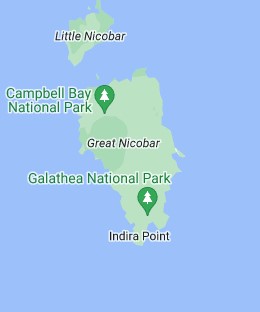Rae Bareli MP Rahul Gandhi is appointed as the Leader of Opposition in Lok Sabha recently.
References
Recently, the National Investigation Agency announced reward for information on Canada-based terrorist Goldy Brar.
References
South African scientists injected radioactive material into live rhinoceros horns to curb poaching
South Africa is home to the largest population of rhinos in the world, including the world's largest population of white rhinos and about half of the African continent's black rhinos.
African Rhinos
|
Species |
White Rhino |
Black Rhino |
|
Scientific Name |
Ceratotherium simum |
Diceros bicornis |
|
Habitat
|
Long and short grass savanna areas in grasslands |
Semi-Desert Savannah, Woodlands, Forests, Wetlands |
|
Size |
2nd-largest land mammal |
It is smaller compared to white ones. |
|
IUCN Status
|
Near Threatened |
Critically Endangered |
|
Distribution |
South Africa, Zimbabwe, Namibia and Kenya |
South Africa, Zimbabwe, Namibia and Kenya |
References
Recently, the Congress party demanded an immediate suspension of all clearances granted to NITI Aayog’s mega project on Great Nicobar Island.

References
Researchers have discovered 2 new species of plants, Dendrophthoe longensis & Petrocosmea arunachalense recently.
Dendrophthoe longensis
Indian Dendrophthoe are represented by 9 species - 4 are from Andaman and Nicobar Islands and 2 species are endemic to the region.

Petrocosmea arunachalense

Reference
The Hindu | Dendrophthoe longensis & Petrocosmea arunachalens